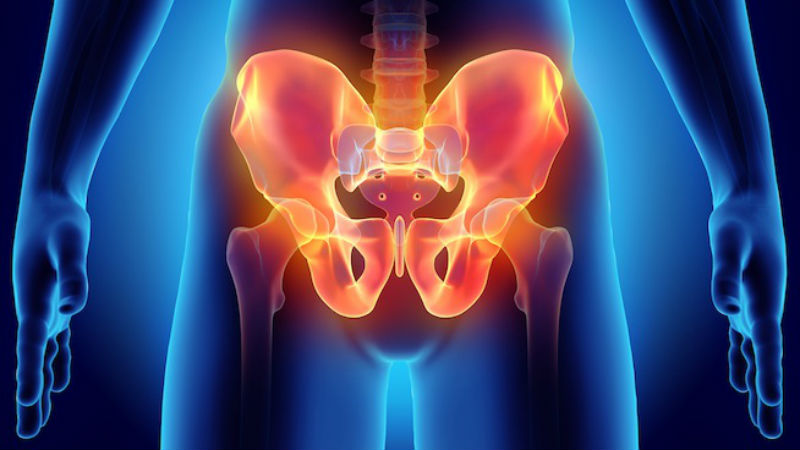
Knowing the sports hernia symptoms is the first step to recovering from groin pain. While the injury can affect people of all activity levels, it is most notably seen in athletes from a handful of sports:
- Football
- Soccer
- Track and Field
- Strength Sports (Powerlifting, Weightlifting, Bodybuilding)
- Tennis
- Hockey
- Golf
However, if you are more of a recreational enthusiast but have a sedentary life or job that requires a lot of sitting, you are also more susceptible to getting the injury.
Get the ULTIMATE Sports Hernia Master Guide with 30+ included resources, an in-depth rehabilitation program, tips, tricks, and more! Successfully diagnose, treat, and cure your sports hernia with this complete master guide created by a sports hernia specialist. Note that it is still highly recommended to read this article in full to understand how to get the most out of the guide to treat and cure your sports hernia or groin pain.
This is because the muscles of the core and surrounding tissues become extremely tight and inhibited—and when you hit the tennis courts on the weekend and hit a hard serve, it’s too much for your inhibited and “turned off” supporting tissues to handle, resulting in injury.
Sports Hernia Symptoms List
- Tender, sharp, or dull pain around the pubic area
- Pain that radiates from the inguinal ligament specifically
- Pain with bed mobility or rising from bed
- Pain when changing from a position lying down to a seated position
- Pain that increases with activity
- Running, sprinting, or performing other athletic movements greatly increase pain
Another sports hernia symptom that isn’t a specific pain sensation is multiple doctor visits without a proper diagnosis. It is very common for individuals to visit multiple physicians and receive wildly varying opinions. MRIs also show negative and traditional radiology reports don’t provide a clear picture.
When visiting a sports hernia specialist, you can have an ultrasound performed which is the only effective imaging technique to pinpoint the inguinal wall deficiencies (tears and other problems with your deep abdominal layer).
Additionally, you can perform a diagnosis yourself from your own home using the pubic probe technique. This method works by applying pressure directly to the inguinal canal—you are essentially testing the sports hernia pain location.
If you confirm your sports hernia symptoms, it is crucial that you begin the 10-week treatment plan as soon as possible to increase your chances of treating without surgery.
